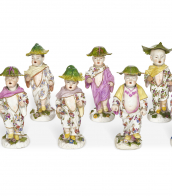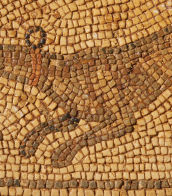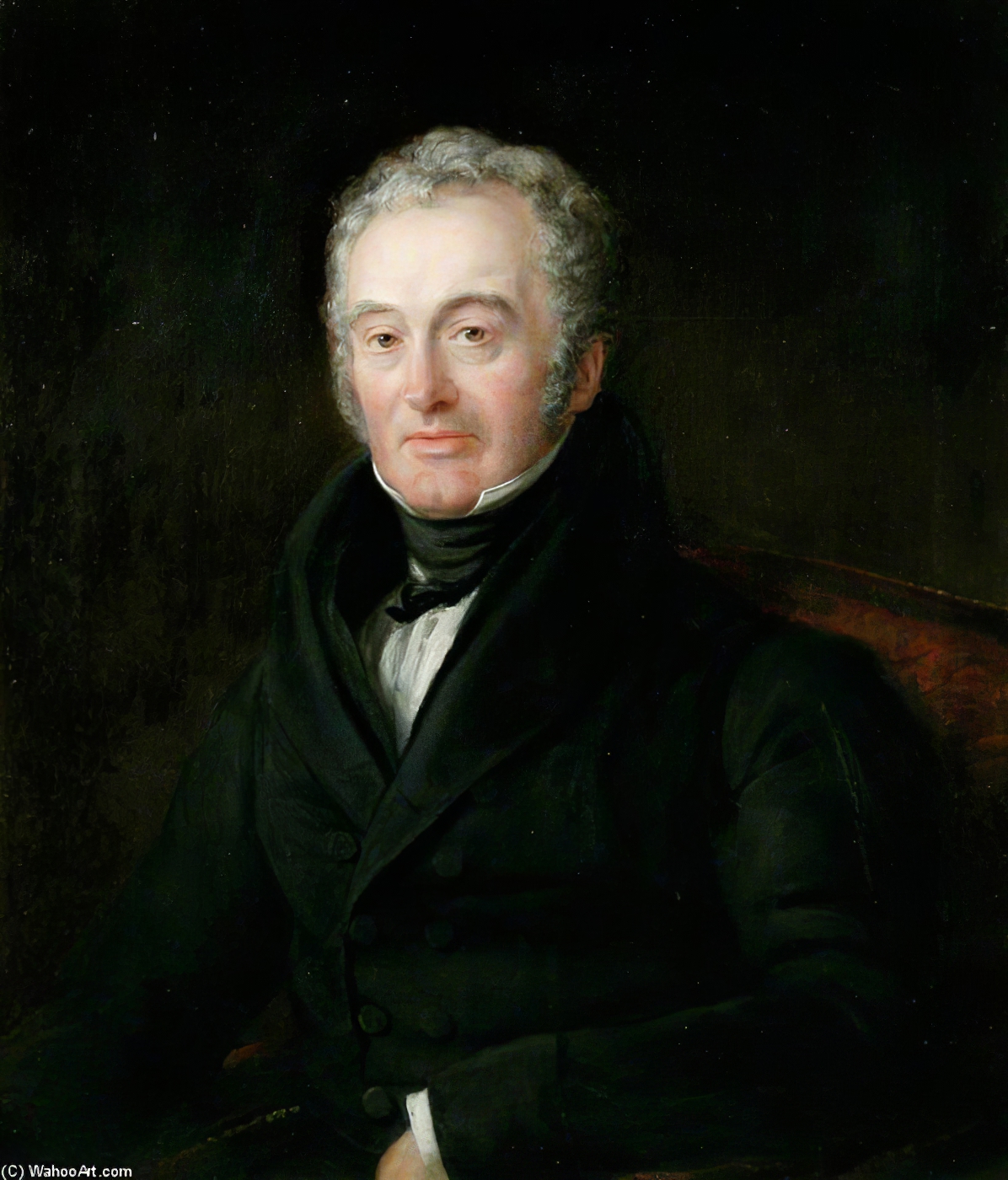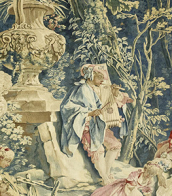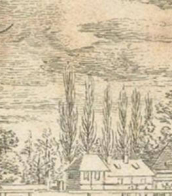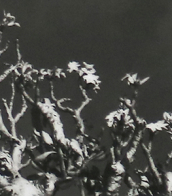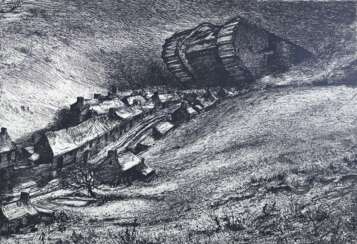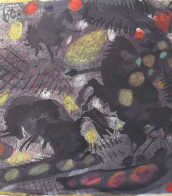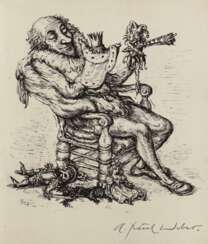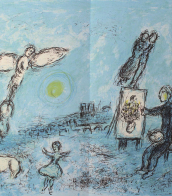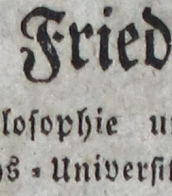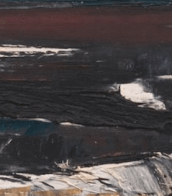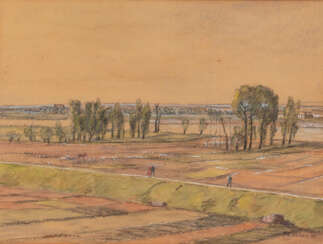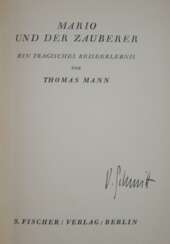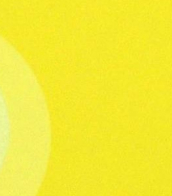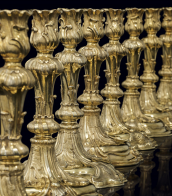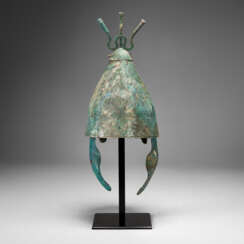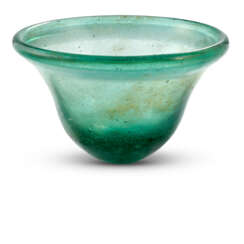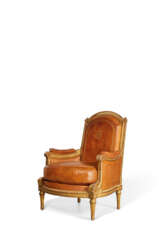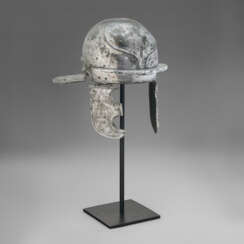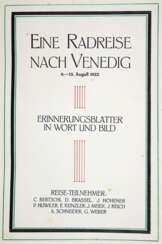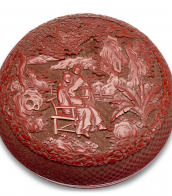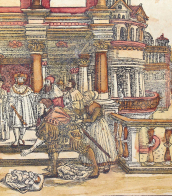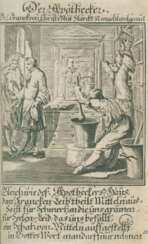weber,a.p.
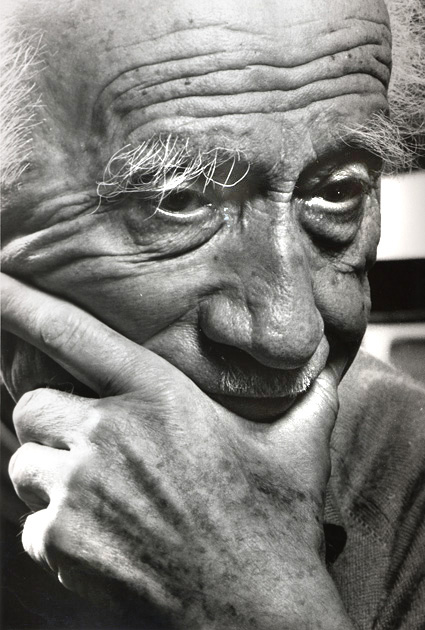
Andreas Paul Weber was a German cartoonist, engraver, and lithographer.
Weber raised the themes of medicine and the environment, but was mainly a political cartoonist, but his relationship with the Fascist regime was very complicated and ambiguous.
For example, in 1937 Weber was arrested by the Gestapo and sent to a concentration camp, but in 1940 he received the state prize for the best politically engaged artists. In the same year, he illustrated the book Soldatengeist (Soldatgeist), with a preface by Himmler himself, which sold a hundred thousand copies. In 1944, in the magazine Action. Die Aktion. Kampfblatt für das neue Europa) published a series of his drawings Leviathan against the Stalinist regime and Bolshevism.
After the war, Weber continued to produce paintings and drawings critical of the bourgeoisie and the avant-garde. Fear, death, madness and destruction remain the protagonists of his works.
During his career he created more than 200 paintings and 1500 illustrations, about 3000 lithographs.
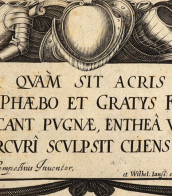

Andreas Paul Weber was a German cartoonist, engraver, and lithographer.
Weber raised the themes of medicine and the environment, but was mainly a political cartoonist, but his relationship with the Fascist regime was very complicated and ambiguous.
For example, in 1937 Weber was arrested by the Gestapo and sent to a concentration camp, but in 1940 he received the state prize for the best politically engaged artists. In the same year, he illustrated the book Soldatengeist (Soldatgeist), with a preface by Himmler himself, which sold a hundred thousand copies. In 1944, in the magazine Action. Die Aktion. Kampfblatt für das neue Europa) published a series of his drawings Leviathan against the Stalinist regime and Bolshevism.
After the war, Weber continued to produce paintings and drawings critical of the bourgeoisie and the avant-garde. Fear, death, madness and destruction remain the protagonists of his works.
During his career he created more than 200 paintings and 1500 illustrations, about 3000 lithographs.
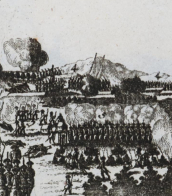

Andreas Paul Weber was a German cartoonist, engraver, and lithographer.
Weber raised the themes of medicine and the environment, but was mainly a political cartoonist, but his relationship with the Fascist regime was very complicated and ambiguous.
For example, in 1937 Weber was arrested by the Gestapo and sent to a concentration camp, but in 1940 he received the state prize for the best politically engaged artists. In the same year, he illustrated the book Soldatengeist (Soldatgeist), with a preface by Himmler himself, which sold a hundred thousand copies. In 1944, in the magazine Action. Die Aktion. Kampfblatt für das neue Europa) published a series of his drawings Leviathan against the Stalinist regime and Bolshevism.
After the war, Weber continued to produce paintings and drawings critical of the bourgeoisie and the avant-garde. Fear, death, madness and destruction remain the protagonists of his works.
During his career he created more than 200 paintings and 1500 illustrations, about 3000 lithographs.

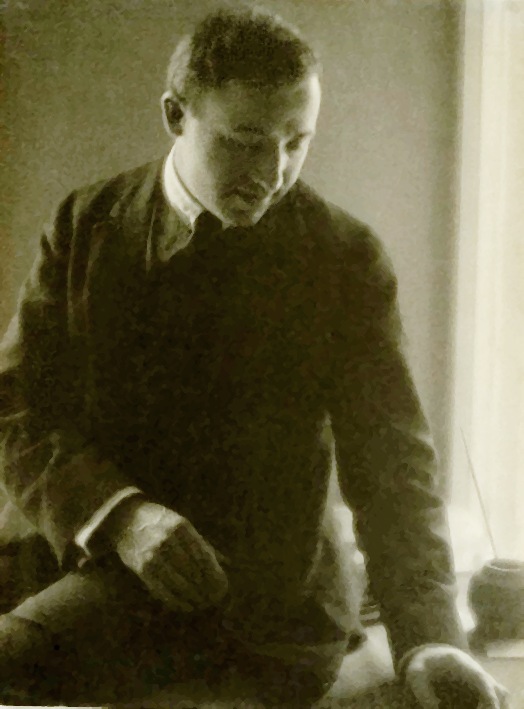
Max Weber, a Polish-born American painter, was a trailblazer in introducing Cubism to the United States. Born in 1881 in Bialystok Weber moved to New York at the age of ten. His early encounters with European avant-garde movements in Paris profoundly influenced his artistic style. Weber's work is noted for its daring adoption of Cubist techniques, which he melded with his personal expression and later, themes from his Jewish heritage.
Max Weber's notable works include "Chinese Restaurant" (1915), celebrated for capturing the dynamic essence of urban life through Cubist fragmentation. This piece, housed at the Whitney Museum of American Art, exemplifies his skill in conveying atmosphere and energy through abstract forms. Another significant work, "Sabbath" (1919), reflects his cultural background and is part of the Brooklyn Museum's collection. Weber's impact on American art is also marked by his role as an educator and his literary contributions, which include poems and essays on art that further articulated his artistic vision.
Max Weber's paintings are held in high esteem across major museums, including the Museum of Modern Art and the Smithsonian American Art Museum, highlighting his prominence in the art community. His legacy is that of a pioneer who not only introduced new styles to American audiences but also enriched it with his diverse cultural perspective.
For collectors and art and antiques experts, Max Weber's works represent a pivotal fusion of European avant-garde movements with American artistic trends, making his pieces highly significant in the study and collection of early modernist art.
For updates related to new product sales and auction events concerning Max Weber's work, sign up here to stay informed on the latest offerings.
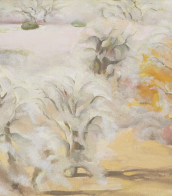
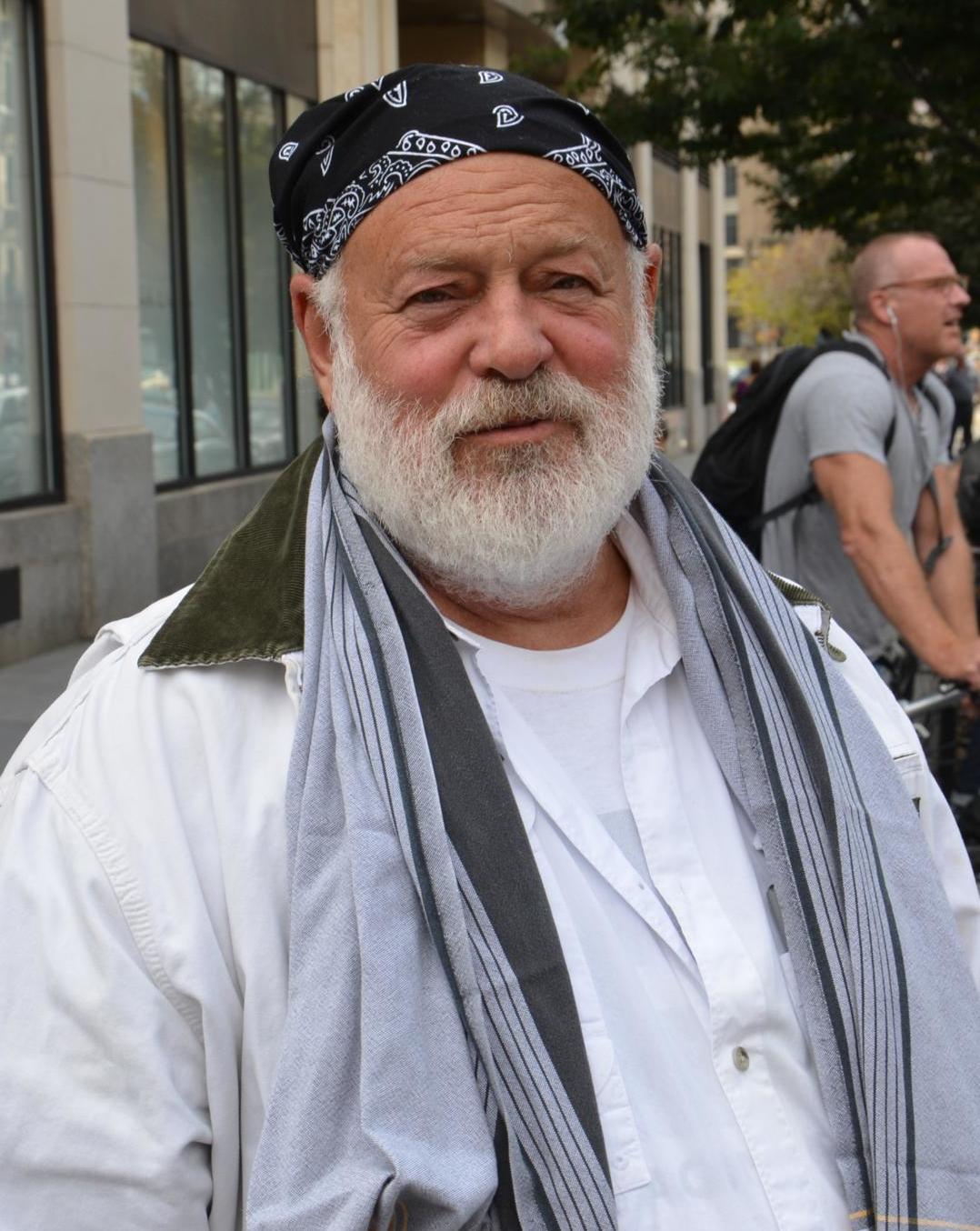
Bruce Weber is an American fashion photographer and occasional filmmaker. He has made ad campaigns for Calvin Klein, Ralph Lauren, Pirelli, Abercrombie & Fitch, Revlon, and Gianni Versace, and made work for Vogue, GQ, Vanity Fair, Elle, Life, Interview, and Rolling Stone magazines.
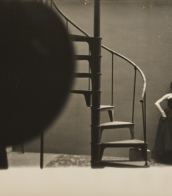

Bruce Weber is an American fashion photographer and occasional filmmaker. He has made ad campaigns for Calvin Klein, Ralph Lauren, Pirelli, Abercrombie & Fitch, Revlon, and Gianni Versace, and made work for Vogue, GQ, Vanity Fair, Elle, Life, Interview, and Rolling Stone magazines.


Andreas Paul Weber was a German cartoonist, engraver, and lithographer.
Weber raised the themes of medicine and the environment, but was mainly a political cartoonist, but his relationship with the Fascist regime was very complicated and ambiguous.
For example, in 1937 Weber was arrested by the Gestapo and sent to a concentration camp, but in 1940 he received the state prize for the best politically engaged artists. In the same year, he illustrated the book Soldatengeist (Soldatgeist), with a preface by Himmler himself, which sold a hundred thousand copies. In 1944, in the magazine Action. Die Aktion. Kampfblatt für das neue Europa) published a series of his drawings Leviathan against the Stalinist regime and Bolshevism.
After the war, Weber continued to produce paintings and drawings critical of the bourgeoisie and the avant-garde. Fear, death, madness and destruction remain the protagonists of his works.
During his career he created more than 200 paintings and 1500 illustrations, about 3000 lithographs.
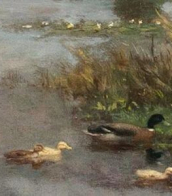

Andreas Paul Weber was a German cartoonist, engraver, and lithographer.
Weber raised the themes of medicine and the environment, but was mainly a political cartoonist, but his relationship with the Fascist regime was very complicated and ambiguous.
For example, in 1937 Weber was arrested by the Gestapo and sent to a concentration camp, but in 1940 he received the state prize for the best politically engaged artists. In the same year, he illustrated the book Soldatengeist (Soldatgeist), with a preface by Himmler himself, which sold a hundred thousand copies. In 1944, in the magazine Action. Die Aktion. Kampfblatt für das neue Europa) published a series of his drawings Leviathan against the Stalinist regime and Bolshevism.
After the war, Weber continued to produce paintings and drawings critical of the bourgeoisie and the avant-garde. Fear, death, madness and destruction remain the protagonists of his works.
During his career he created more than 200 paintings and 1500 illustrations, about 3000 lithographs.

